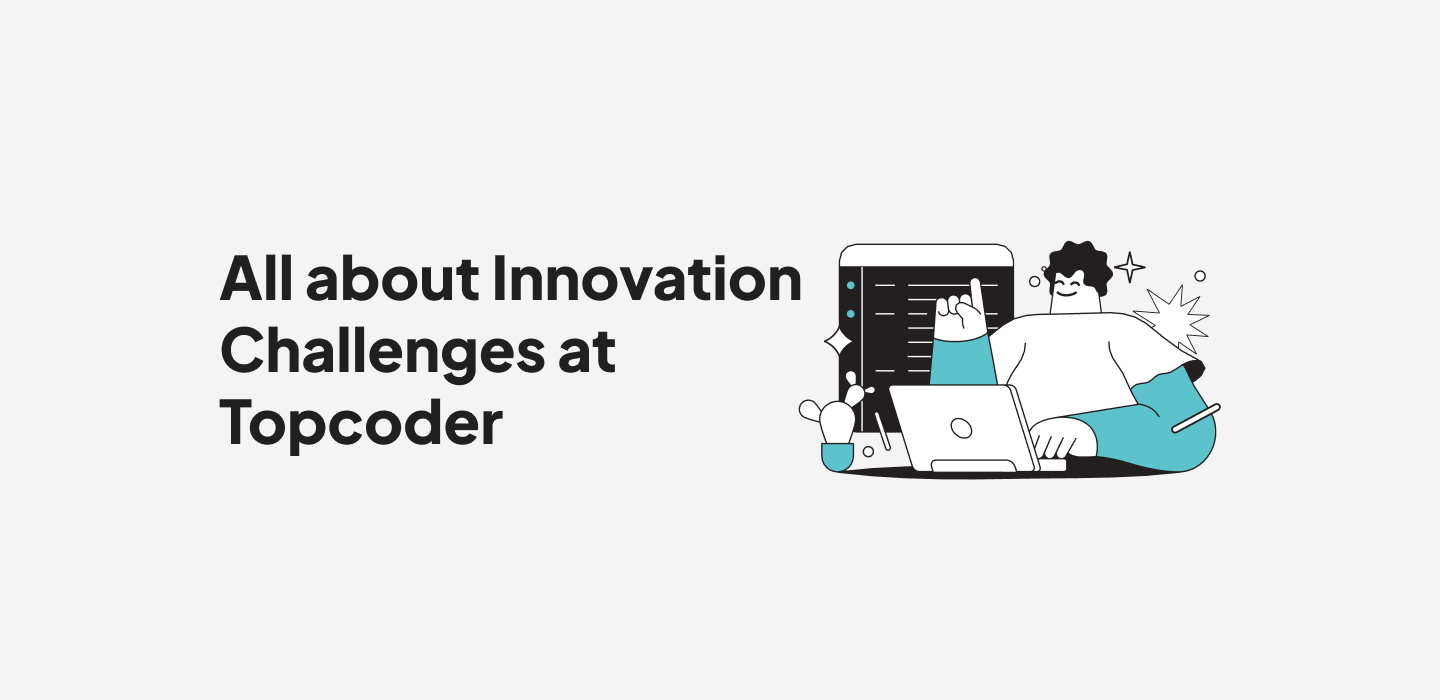August 12, 2020 The Real Future of Work Part 4 – A Two-Sided Race to the Top
When we hear the term “race to the bottom”, we instinctively understand what that means. You’re into something, down some rabbit hole, and the harder and harder you work to outperform your competition, the further and faster to the bottom you fall. It’s not how it’s supposed to be, yet for many of the 2-sided marketplaces that have been established to power the gig economy, this is the reality for the talent or the service provider.
Well, the obvious question then becomes, does it have to be this way? And the answer is a resounding NO.
The problem for freelancers
What comes to mind when I say the name, ‘Seth Godin’? Glasses. Bald. Concise. Poignant. Witty… maybe all of the above? Seth has created an incredible brand around his persona by delivering short, pointed blog posts for well over a decade. He’s an accomplished author, keynote speaker, and for many, a cherished marketing and business leadership guru.
His famous blog, aptly titled Seth’s Blog, recently took on the topic of racing to the bottom with 2-sided marketplaces in his piece: The Problem For Freelancers. Here’s an excerpt that hammers home his overarching point:
The problem with that race to the bottom is that you might win. Compliance and commodity pricing can’t possibly work well for an independent freelancer, because there’s always someone cheaper than you.
Like Jedi Master Qui-Gon told his apprentice Obi-Wan, there’s always a bigger fish, and in match-making freelancer marketplaces, there’s always a cheaper option. As he puts it:
For most freelancers, the hard part isn’t doing the work–it’s being tricked into believing that they have to be the lowest bidder to succeed.
This isn’t a great environment for the talent. And when you couple this pricing race to the bottom with elements such as needing to have great customer quotes, a pristine rating on the platform, a robust portfolio, and other factors, it becomes an even less attractive proposition for the talent.
Things started out so well…
When I sat back and thought about Seth’s points and what a freelancer must do in order to succeed, it reminded me of the evolution I’ve seen on crowdfunding platforms like Kickstarter. Initially, Kickstarter was empowering. A place to put out a great idea and if explained well enough and it filled a void, funding would come. But quickly it turned into a platform where you not only needed a great idea, but you needed a polished pitch, professional photography, an agency quality video explainer, and more just to be seen. I even remember businesses popping up whose sole purpose was to help you create a fantastic Kickstarter! People who needed money to accelerate an idea, now needed money to put together a professional Kickstarter campaign, in the hope that they could recover the money! There’s no one to blame here, in my opinion, and there’s no doubt that platforms like Kickstarter launched some huge hits (Oculus still being the one we all remember of course).
And the same can be said for talent platforms that use the mechanism of 1 to 1 match-making at their core. There is no denying many find work this way, yet for so many, it ends up being a race they ought not have joined in the first place.
Who’s winning in this marketplace?
There’s also another side of potential waste to explore in the match-making world of freelancers and that’s on the demand side. There’s simply a lot of minutia to work through. Sifting through skills, star ratings, and testimonials all in the hope that you find the right person and have a successful date aka you get high quality outcomes from the freelancer.
So, there’s a problem on both sides of this marketplace. On one side, you have great talent often hurting themselves by undercutting one another, and on the demand side, there is the tyranny of choice and time spent sifting through profiles and matchmaking, instead of time spent on execution.
A more equitable solution
At Topcoder, we have a better, and we think more equitable solution for both sides of the market. We call it Talent as a Service or TaaS and it’s different in a few key ways.
For the talent:
- You are never bidding on work for an hourly wage
- You are invited into work based on your accomplishments on-platform
- You are compensated fairly
For the customer:
- You spend zero time trying to find the right person or right group of talented people – the pool of talent is selected for you, again, based on specific performance metrics on Topcoder
- Weekly and Monthly rates are flat, transparent, and fair
- Every person in our TaaS community is a rated member on Topcoder, which equates to quality talent on your work
This is better for the talent and better for the customer. You’re here to get things done and move projects forward with on-demand talent. Being asked to play Matchmaker and “dating” talent shouldn’t be things you’re asked to do. If the trust in the platform and community is there, then the minutia on how you can engage the talent is eroded and made simpler.
A better model for both sides
And this isn’t just about Topcoder and our model. The world of crowdsourcing and models that use gig talent are everywhere. Some depend on matchmaking, while others, like Verblio, a content platform I use in my role at Topcoder, is more preferable for me. I don’t use their platform to hunt for one good writer. I put blog requests and writing projects out to their platform and I’m engaging a wider pool of quality writers. Of course, by nature, I have found some favorites that I’ve “starred” in their system as preferred writers, yet the mechanism to do work in this environment is never based on the matchmaking hunt, but instead on posting the work to a platform I trust.
In models like Verblio’s and Topcoder’s, there is a 2-sided race to the top where the talent gains quality, good paying work and the customer gets consistent quality outcomes. In my opinion, models like this are also more consumable for the enterprise because ultimately, your success isn’t tethered to one individual in the crowd, but instead success is driven by a go-to network of quality talent on platforms that can scale with your needs.
Not all Crowdsourcing and on-demand talent models are alike and as you’re examining them for your own work it’s worth it to think through what type of model best fits what you need done. If sourcing one person for a one-time project fits the need, well then matchmaking models make good sense. If the work is projected to be on-going and used as a way your team can scale productivity consistently, platforms that provide access to a pool or an entire crowd of talent likely make a lot more sense for you.
However you decide to engage freelancer talent, we encourage you to think about what a win-win looks like—where you receive great outcomes and the talent receives a deserved payout.
VP, Marketing



